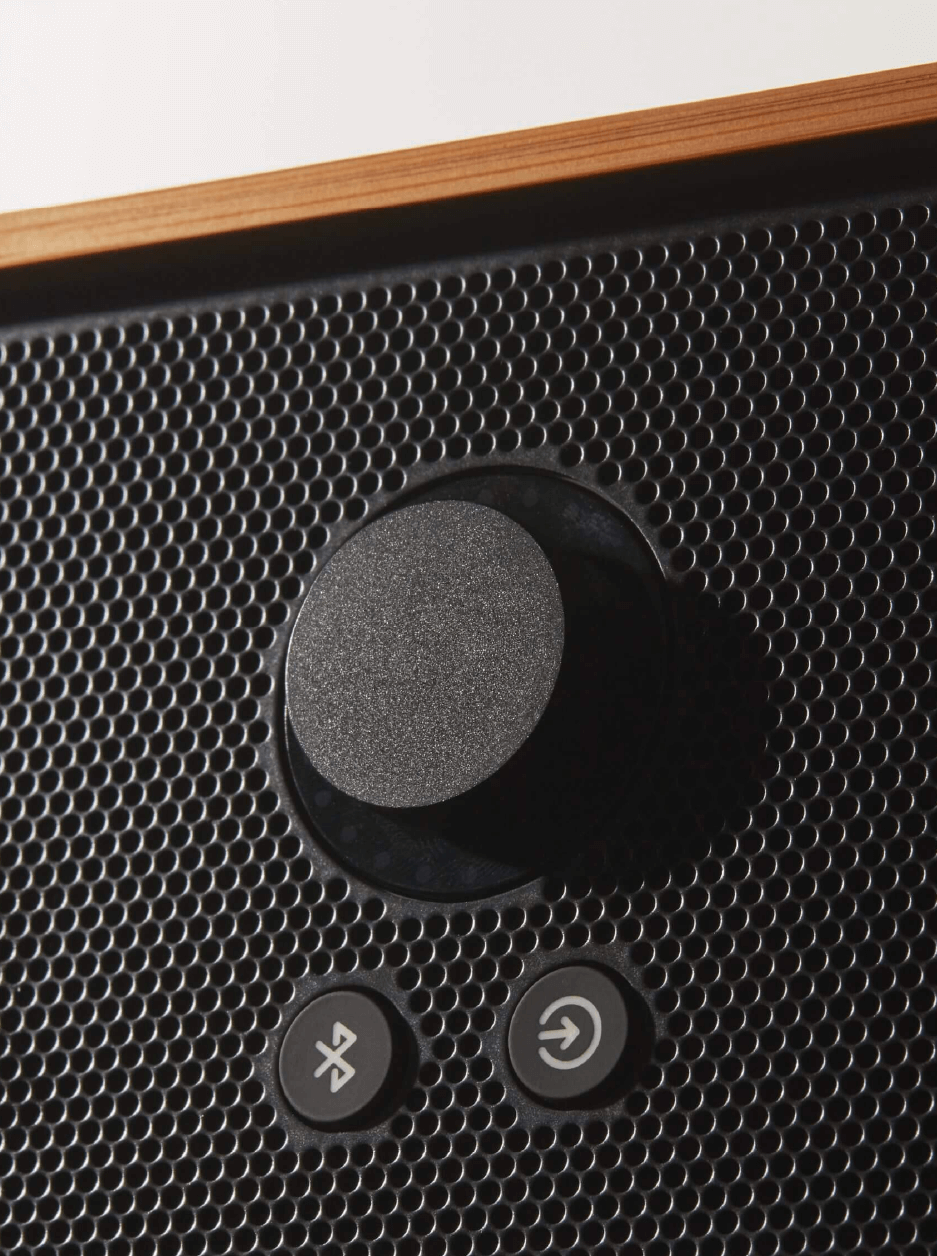When it comes to product development, the evolution of digital rendering technology has truly been a game-changer.
Gone are the days when traditional photography was the only way to showcase products – now, with cutting-edge rendering technology, brands can bring their creations to life with photorealistic imagery and animation in ways never thought possible.
In this blog, we will delve into five key advantages of leveraging digital rendering for product development.
01.
Rapid Ideation.
Accelerating project timelines by quickly iterating designs in a digital environment can significantly boost productivity and efficiency. With the ability to easily share updates, gather feedback, and make revisions, teams can collaborate seamlessly without being hindered by physical constraints. This agile approach fosters innovation and empowers teams to adapt swiftly to changing requirements or feedback. Ultimately, embracing digital environments for design processes not only saves time but also ensures a more streamlined workflow that paves the way for successful project delivery and getting products to market quicker.

02.
Visualise concepts to support decisions.
For the majority of people it can be hard to truly visualise and understand a concept idea, making photorealistic rendering invaluable for presenting and gathering feedback from clients, consumer groups and potential investors. Empowering stakeholders with realistic previews to make informed decisions early in the design process can save time, resources, and prevent costly mistakes down the road. In today’s fast-paced world, making informed decisions early on can be a game-changer for successful project outcomes.

03.
Tune colorways and communicate finish.
Photorealistic rendering can be a great way to quickly test alternative colors, materials and finishes. Our rendering software allows for a high level of micro tuning in order to get your product looking just right. Within each material, details such as roughness and texture can make a huge difference in the appearance and feel of your product.
Refinement like this is generally adopted later in the development process, with the output being converted into a CMF (color, material, finish) report. This is a key piece of communication with your suppliers to ensure your finish requirements are clearly outlined and understandable.



No Comments.